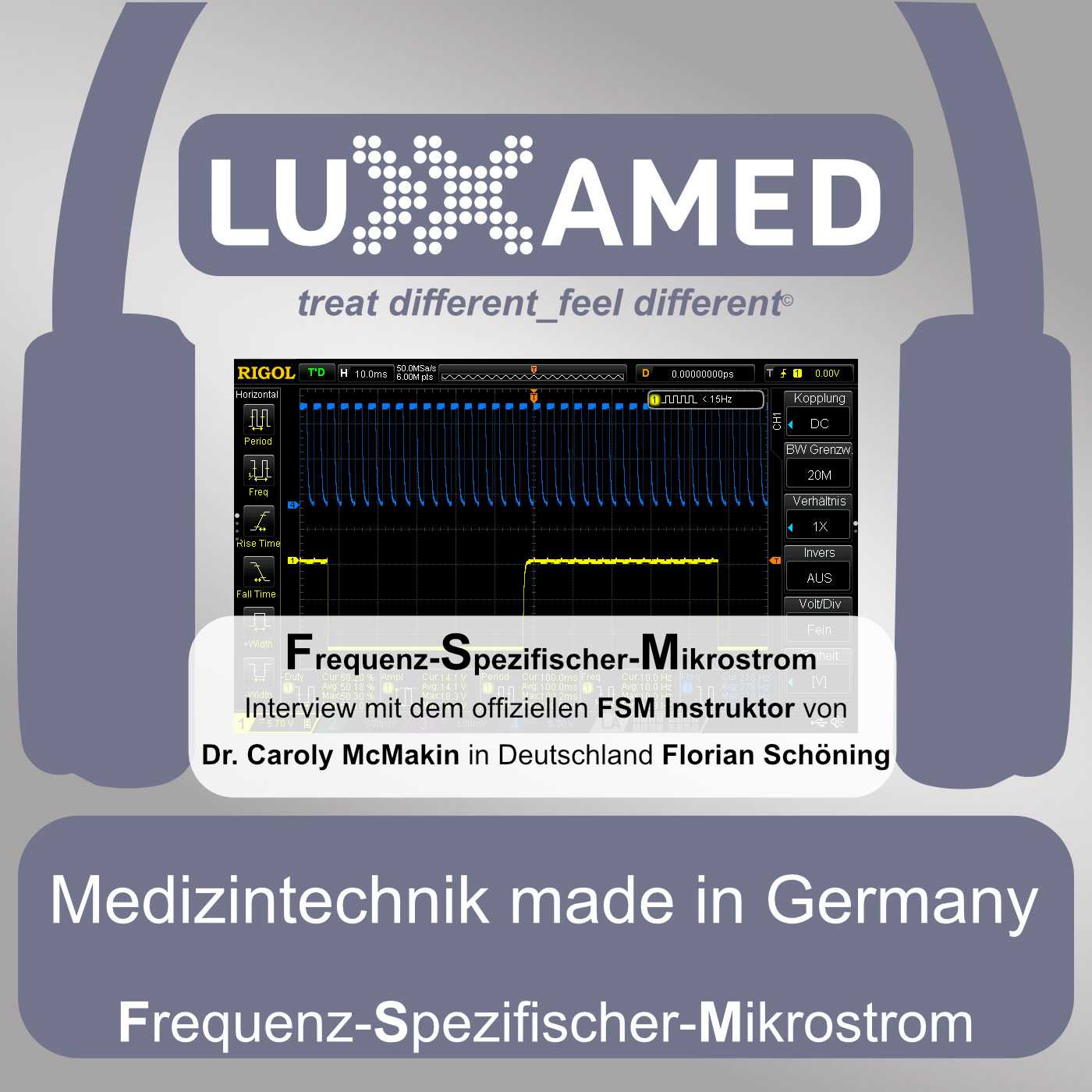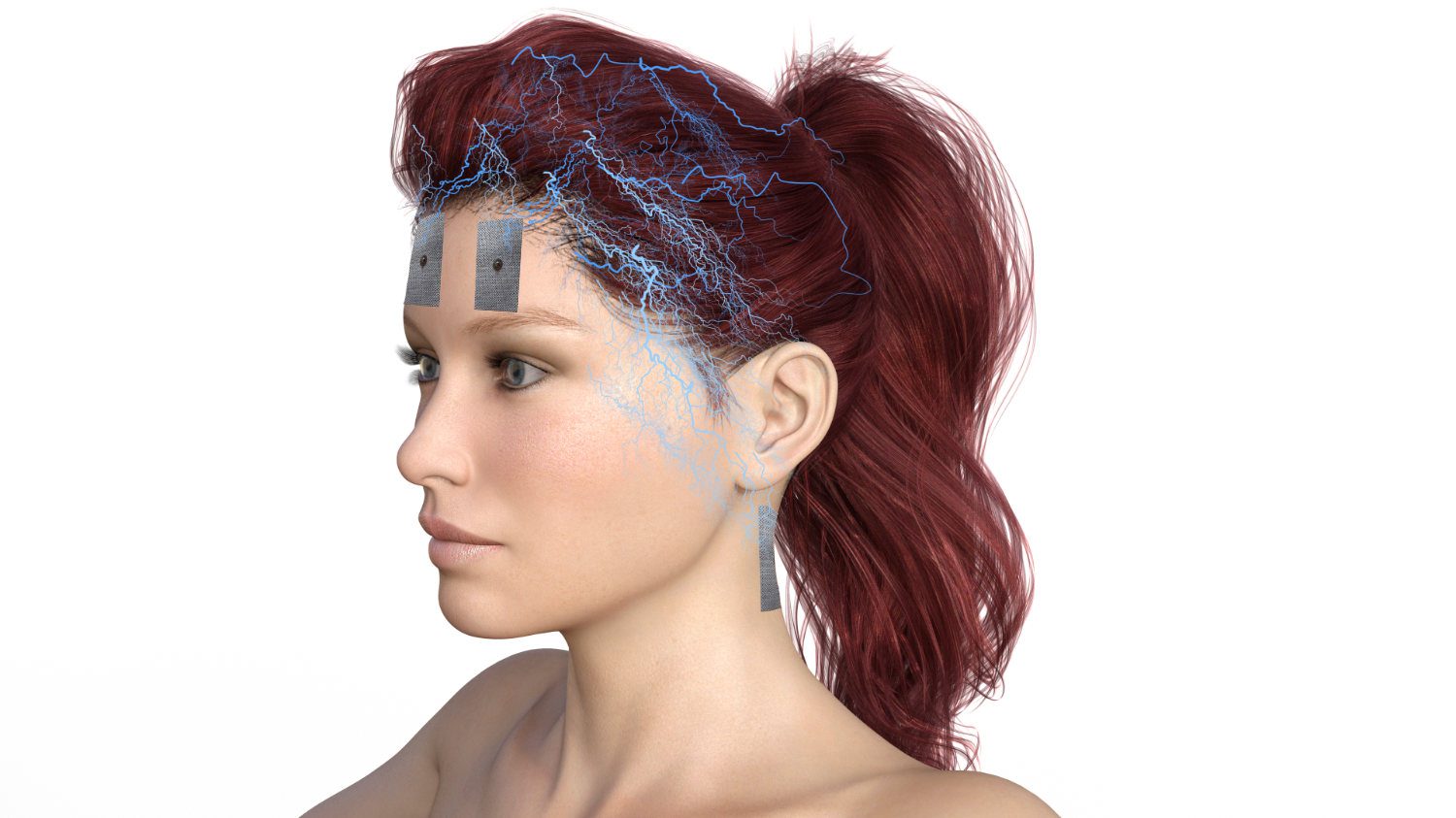Dieser Beitrag ist auch verfügbar auf:
Deutsch
Italiano
FSM – Frequency-Specific Microcurrent Therapy
With software version 3.0, the HD2000 + offers users the special option of creating, entering and saving individual frequency protocols. The application of the FSM according to Dr. Carolyn McMakin (USA) possible with the system via 4 independently working channels. The methodology of the classic FSM application according to Carolyn McMakin works with only 2 channels, so the Luxxamed here offers you an extended application of the FSM therapy.
⚠️Regulatory information on FSM (frequency-specific microcurrent therapy)
With FSM therapy you have the opportunity to design your own programs within the scope of the technical possibilities / conditions of your microcurrent device. For therapies created in-house, the manufacturer assumes no responsibility with regard to the content (frequency) of the programs, the purpose of use and the effect and non-effect of the respective own FSM therapies. Users who use FSM therapy do so independently and are requested to comply with the intended purpose7 of the HD2000 +!
You are currently viewing a placeholder content from YouTube. To access the actual content, click the button below. Please note that doing so will share data with third-party providers.
The FSM (frequency-specific microcurrent) was developed by the American chiropractor Caroly McMakin. Became known through numerous publications around the FSM, this system has been able to build up a large following worldwide. Caroly McMakin explains the FSM’s approach in specialist books and seminars. Classic microcurrent therapy provides the basis, but frequency-specific microcurrent therapy disregards most of the parameters of microcurrent therapy (polarity of the square-wave signal, current strength in ?-A itself and the voltage). – In terms of frequency-specific therapy, users concentrate exclusively on the frequencies.
Basic procedure in FSM therapy
With FSM therapy, the channels in the complaint area are crossed, i.e. created in the sense of an ‘interference system’. Note that classic interference between the channels is not possible and not desirable. Each channel of the HD2000 + works separately from the other channels. This technical separation of the channels enables the correct application of frequencies and the microcurrents themselves.
The first channel (for example A-channel or A and B) are assigned the frequency of the ‘state’. The second channel (as an example C-channel or C and D) are assigned the respective tissue frequency.
In the sense of the FSM, the condition and the tissue are always combined.
With its 4 galvanically isolated channels, the HD2000 + offers you the option of significantly expanding the application area either by using 2 channels with a state frequency (example A + B) and 2 channels with a tissue frequency (example C + D), or you have the opportunity to treat two different areas at the same time. In the latter case, for example, you could treat a knee joint with channels A + B (A = condition; B = tissue) and at the same time treat the spine and hip joint with channels C + D (C = condition; D = tissue). treat.
Origin and verification of the frequencies in frequency-specific microcurrent therapy
McMakin (2011) explains an approximate origin of the frequencies. It is described that a large part of the frequencies were developed by an American osteopath, Harry Van Gelder, through empirical work in the 1940s. This resulted in a list of state and tissue frequencies. As part of his chiropractic studies, McMakin learned the method of working with specific frequencies from the chiropractic teacher Dr. Douglas. This laid the foundation for the FSM in the USA. (McMakin, 2011, p. 1)
The verification of the frequencies used when working with frequency-specific microcurrent, however, is only partially verified. Publications such as “A novel treatment method for chronic low back myofascial pain” (McMakin, 2004) or “Cytokine changes with microcurrent treatment of fibromyalgia associated with cervical spine trauma” (McMakin, 2005) show an effect of the frequencies used in the studies however, only a very small number of patients.
swell
McMakin, C. (2011). Frequency-Specific Microcurrent in Pain Management. Edinburgh: Elsevier.
McMakin, CR (2004). Microcurrent therapy. A novel treatment method for chronic low back myofascial pain. Journal of Bodywork and Movement Therapies, 8 (2), 143-153. https://doi.org/10.1016/j.jbmt.2003.12.006
« Back to Glossary Index




